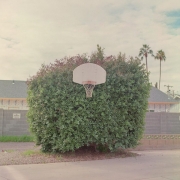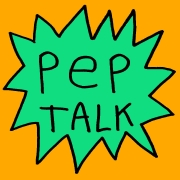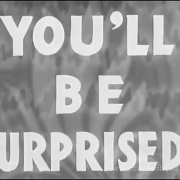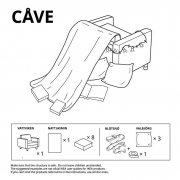RSW Agency New Business Case Study Series, Pt. 3: Picking A Format
Agency New Business Case Study Series, Part 3: Picking A Format
For the next entry in our case study blog series, we’re talking channel.
Where should your case studies live, how should they change based on the distribution channel, and how can you use strategic deployment in each of your prospecting channels to make the most of them?
We’ll touch on all of this, but first: a quick review of the series so far.
In our first entry, we offered tips on audience and writing based on small, but incredibly significant factors like industry terms and vertical-specific challenges.
From there, part 2 covered the narrative design of an effective case study, and why your case studies aren’t actually about you.
In essence, we’ve covered the “who” and the “what” of your agency new business case studies – now it’s time to take a look at the “where”.
The Holy Trinity of Case Study Formats
Agency new business directors are nothing if not creative in devising new methods of outreach.
And while there are obviously far more than three viable channels for case studies, we’ll be focusing on the three that we’ve seen prove most effective.
So while I’m sure there’s room for your billboard, skywriting, or prominently-tattooed case study, let’s narrow the format conversation to online, shareable PDF, and video.
I know what you’re thinking, and it’s a question we get from agencies often: which format is best?
You may not like it, but the answer is that each plays a distinct role in your outreach, and in a perfect world, you’d have content in all three.
Of course, given resource limitations, that’s not realistic for every agency.
In that case, read on as we take a look at the purpose of each, and focus on the one that best fits your new business strategy.
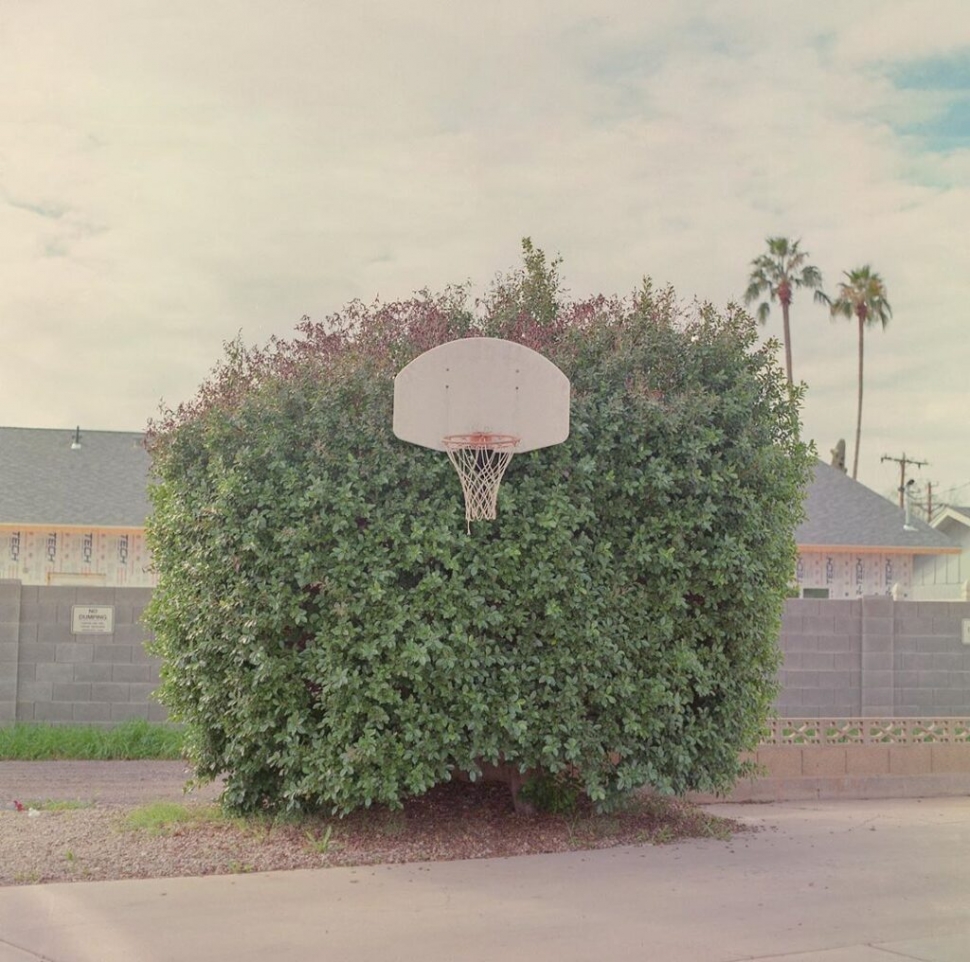
And with that, let’s examine the role that each play:
Online:
These would be found on the work page of your website which, for all intents and purposes, is open to the world.
Because you can’t control which prospects are clicking through to your previous work pages, these need to be applicable and appealing to the widest possible audience.
In terms of your sales funnel, these would lay at the very top, as prospects are exploring to learn more about you.
Build them with the assumption that the person visiting them has only the smallest familiarity with your agency, and use them as a chance to broadly showcase your capabilities and if possible, your biggest-name clients.
And while your online audience is the least predictable, web-based case studies also give you the most room for creative presentation.
Feel free to deck these out in agency branding, and use them to show off your creative chops to make it feel like a seamless piece of the site.
Finally, web case studies give you the advantage of website traffic analytics.
The ability to see which case studies are driving the most engagement can inform future content development and give you an inside look at what will give you the best return on your resources.
PDF:
In many ways, think of your PDF case studies as a chance to directly hand a prospect a targeted slice of your agency’s work.
These fit most naturally into outreach efforts, allowing you to show the prospect exactly the work you think would be most applicable for them.
Remember the work you did to research and write for a specific audience? This is where it pays off, and enables for more focused messaging.
Once you’ve reached a few touchpoints with a prospect, send them a relevant PDF to review – not only does this give you another touch to connect over, but the easily digestible format invites them to share with teammates, giving you a wider reach and potentially eliminating some of the departmental buy-in legwork down the line.
And share they will: according to Demand Gen, 64% of respondents share case studies with colleagues.
Video:
Video case studies are the most nuanced of the three.
While it often proves to be the most effective at engaging viewers, deploying a video in outreach – and essentially demanding a minute or more of a prospect’s time – can sometimes cause more harm than good if used in the wrong circumstances.
Deployed correctly, however, videos give you a chance to craft a strong narrative arc, and build a stronger connection with the prospect through client testimonials.
We recommend saving these for follow-up, only once a prospect has engaged and spoken with you.
This improves the chance that the prospect will devote the time to watch the video and, ideally, bring you one step closer to closing business.
You already know that agency new business is more art than science: each of the recommendations above allows plenty of room for the variables that are the norm in the prospecting trenches.
But as rules of thumb, hopefully you’ve seen the purpose of each format within the larger new business puzzle.
And of course, multichannel outreach is a symphony, not a solo: using these formats in concert with one another is the best way to make sure your outreach is doing all it can to close business for your agency.
Thanks for reading our ongoing case study series.

